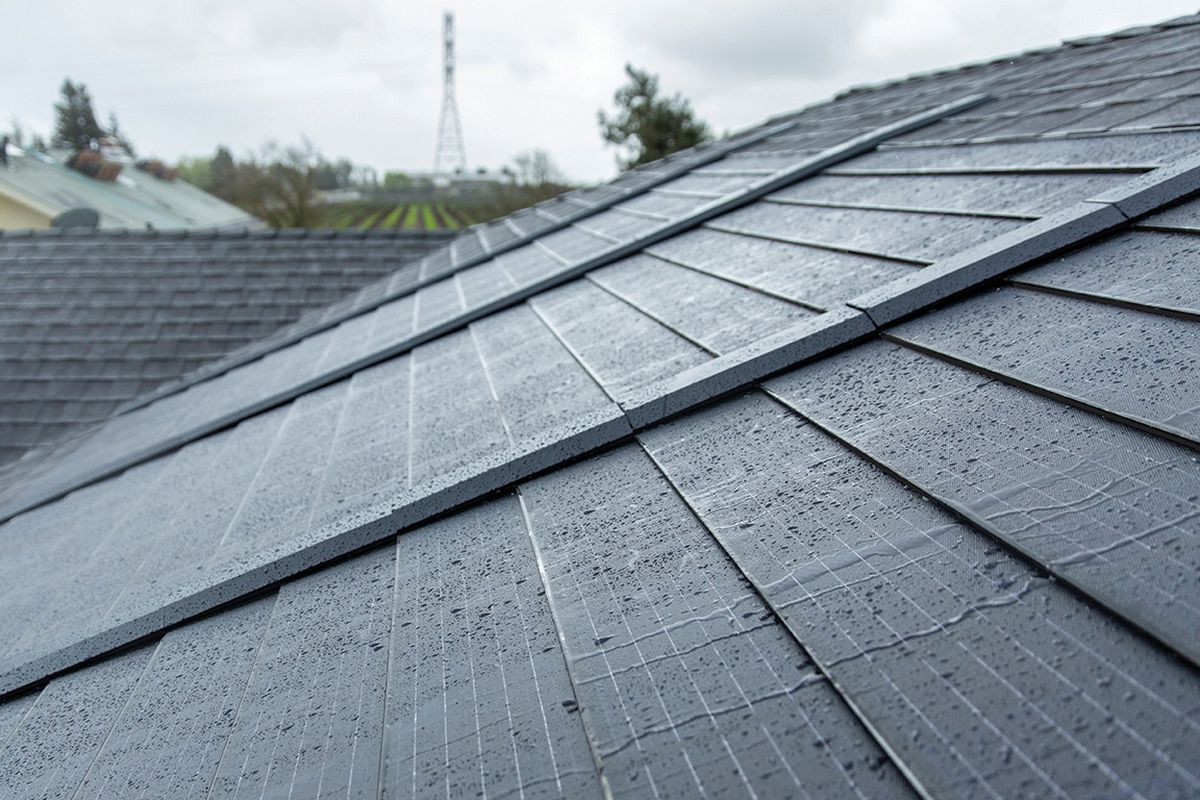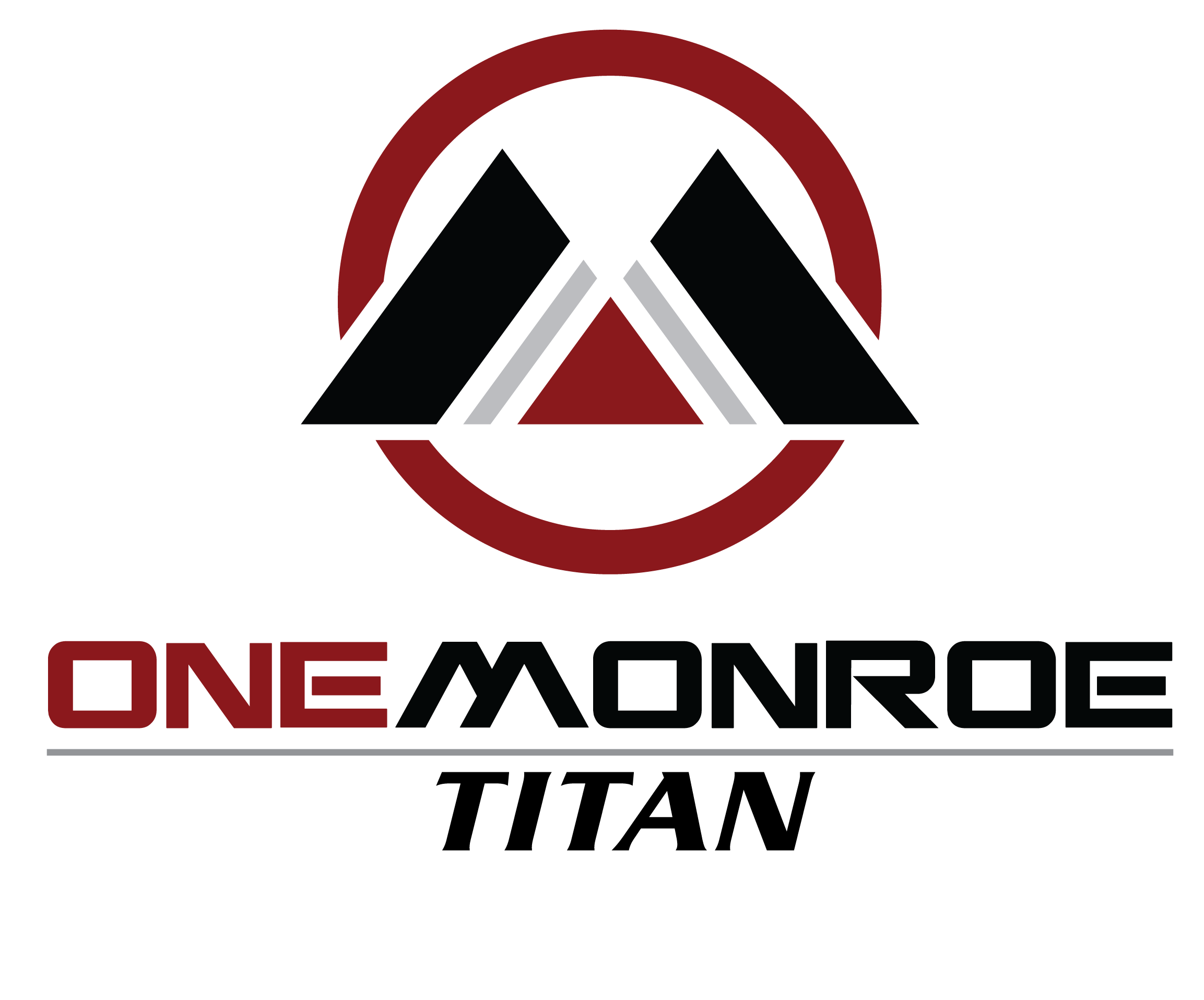
Solar panels are a cornerstone of renewable energy, converting sunlight into electricity for residential, commercial, and industrial applications. However, not all solar panels are created equal. There are three primary types of solar panels: monocrystalline, polycrystalline, and thin-film, each offering unique advantages and applications. Understanding their differences and uses can help you choose the right solar panel for your energy needs.
Types of Solar Panels
1. Monocrystalline Solar Panels
Monocrystalline panels are made from a single, pure crystal structure of silicon. These panels are recognized by their uniform black appearance and high efficiency.
- Efficiency: Monocrystalline panels are the most efficient, with energy conversion rates typically ranging from 20% to 25%.
- Durability: These panels are highly durable and perform well in various weather conditions, including low light.
- Applications: Monocrystalline panels are ideal for residential rooftops, commercial installations, and space-constrained areas where maximum efficiency is required.
Real-World Example:
Monocrystalline panels are commonly used in residential solar systems, such as those installed on suburban homes aiming to maximize electricity generation in limited roof space.
2. Polycrystalline Solar Panels
Polycrystalline panels are made from multiple silicon crystals melted together. They are identifiable by their blue hue and slightly speckled appearance.
- Efficiency: Polycrystalline panels have lower efficiency, typically around 15% to 20%, compared to monocrystalline panels.
- Cost: These panels are more affordable due to their simpler manufacturing process.
- Applications: Polycrystalline panels are suitable for larger installations, such as solar farms or commercial rooftops, where space is less of a concern.
Real-World Example:
Large-scale solar farms often use polycrystalline panels to balance efficiency with cost, optimizing electricity production over wide areas.
3. Thin-Film Solar Panels
Thin-film panels are made by depositing layers of photovoltaic material, such as cadmium telluride or amorphous silicon, onto a substrate like glass or plastic.
- Flexibility: Thin-film panels are lightweight and can be flexible, making them adaptable for unconventional surfaces.
- Efficiency: These panels are less efficient, typically ranging from 10% to 12%.
- Cost: Thin-film panels are the least expensive to produce.
- Applications: They are used in portable solar solutions, building-integrated photovoltaics (BIPV), and large industrial installations.
Real-World Example:
Thin-film panels are commonly found on portable solar chargers or large warehouse roofs, where weight and flexibility are more important than maximum efficiency.
What Makes These Panels Different?
- Material Composition: Monocrystalline panels use single-crystal silicon, polycrystalline panels use multiple silicon crystals, and thin-film panels use non-silicon materials.
- Efficiency: Monocrystalline panels are the most efficient, while thin-film panels have the lowest efficiency.
- Cost: Thin-film panels are the cheapest, followed by polycrystalline and then monocrystalline.
- Durability: Monocrystalline panels are the most durable, especially in extreme weather conditions.
- Appearance: Monocrystalline panels have a sleek black look, polycrystalline panels are blue, and thin-film panels can vary in color.
Additional Considerations
- Climate: In cloudy regions, monocrystalline panels perform better due to higher efficiency.
- Budget: Polycrystalline and thin-film panels offer cost-effective solutions for those with budget constraints.
- Space: If space is limited, monocrystalline panels are the best choice.
Conclusion
Choosing the right type of solar panel depends on your specific needs, including efficiency, cost, and application. Monocrystalline panels offer superior performance and durability, ideal for residential and high-performance installations. Polycrystalline panels provide a balance between efficiency and affordability, making them a good choice for large-scale projects. Thin-film panels are best suited for unconventional applications requiring lightweight or flexible panels. By understanding the differences and uses of each type, you can select the solar panel that best meets your energy requirements and environmental goals.

